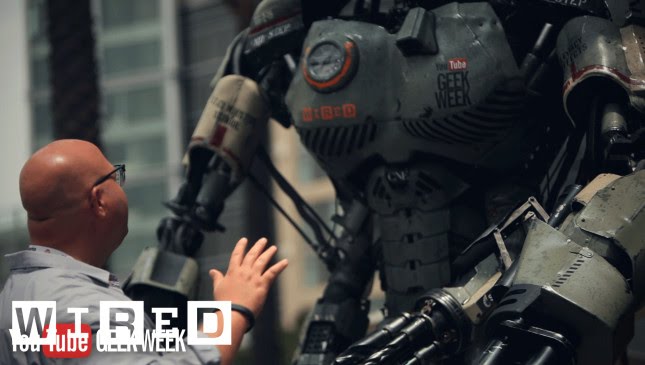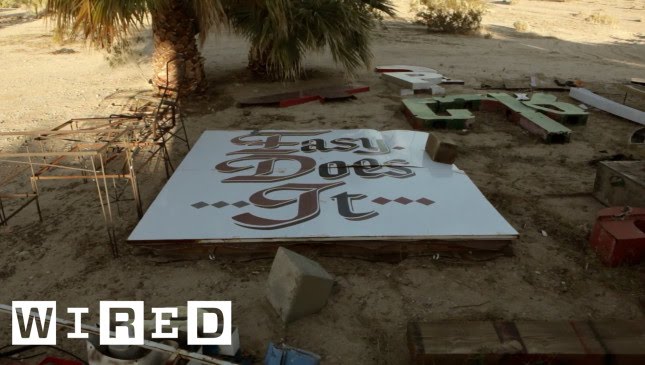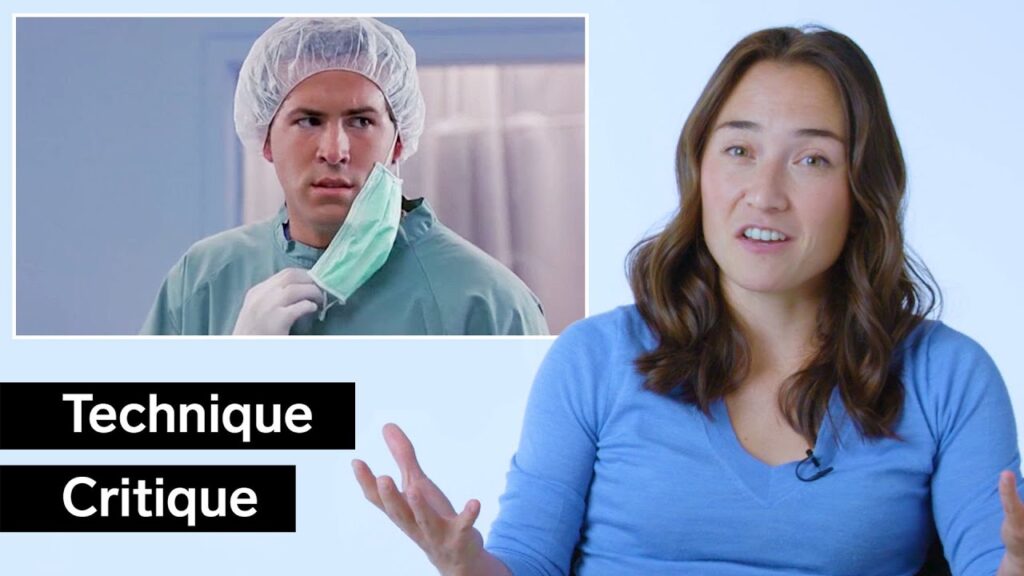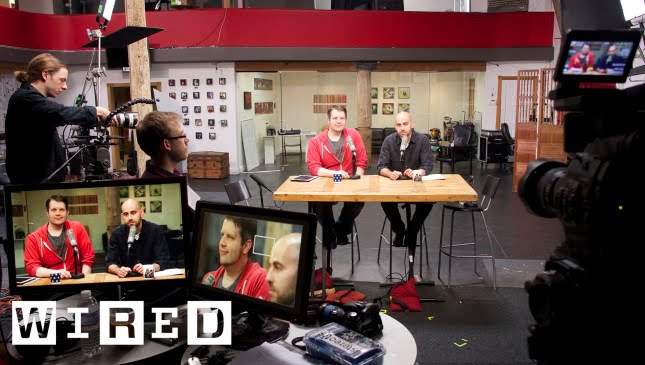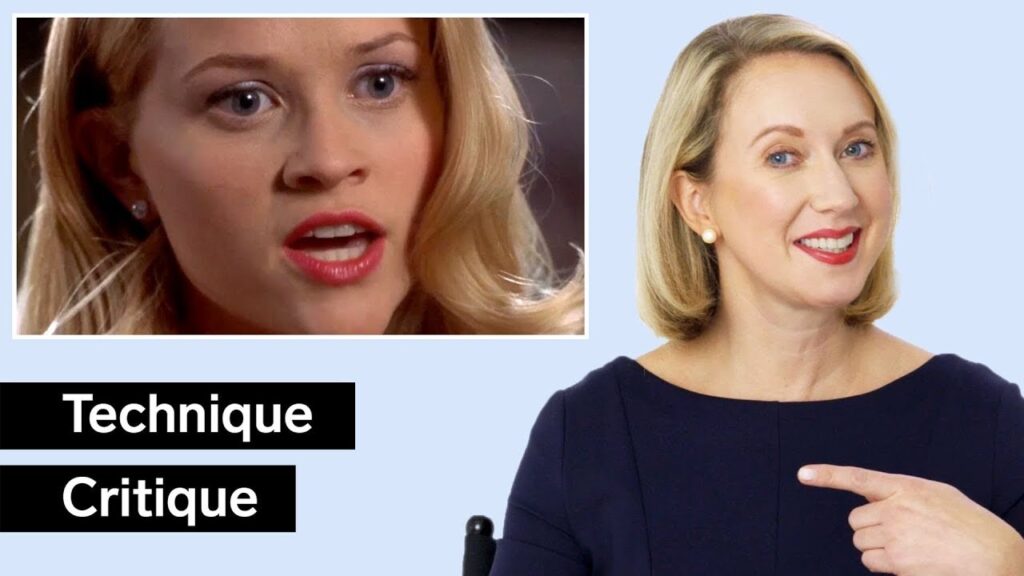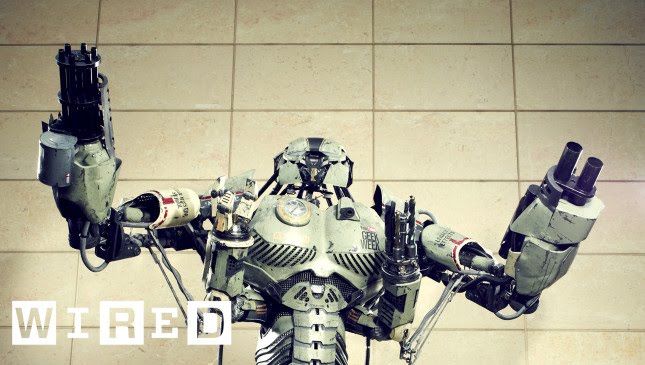Building Schools and Empowering Youth in Haiti: A Conversation with the Founder of Artists for Peace and Justice
Summary
In this Q&A article, we speak with the founder of Artists for Peace and Justice about the organization’s mission to build schools and empower youth in Haiti, their Young Artists for Peace and Justice initiative, and the power of technology in connecting people and driving positive change.
Table of Contents
- Introduction
- The Importance of Education and Youth Empowerment
- The Role of Technology in Creating Social Movements
- Joining the Movement
- Balancing Technology and Connection to Humanity
- Conclusion
Introduction
Building schools in Port-au-Prince, Haiti has been the focus of Artists for Peace and Justice since 2000. Recently, the organization established the first secondary school in the slums of Port-au-Prince, which is the only secondary school of its kind for the students living in the area. In this Q&A, the organization’s founder speaks about the importance of education and youth empowerment, the role of technology in creating social movements, and the need for everyone to join in the movement towards a better future.
The Importance of Education and Youth Empowerment
Q: Can you tell us more about the organization’s mission and why it focuses on building schools in Haiti?
A: Our mission is to help educate and empower the children of Haiti, and building schools is one of the most effective ways we can accomplish this goal. Education is the key to breaking the cycle of poverty, and it’s crucial for the long-term development of Haiti. We believe that every child should have access to quality education, regardless of where they were born or their economic background.
Q: Can you tell us more about the Young Artists for Peace and Justice initiative?
A: The Young Artists for Peace and Justice initiative is a youth outreach program that encourages young people to get involved in the organization’s mission. The program provides opportunities for youth to engage in service projects, fundraising events, and educational programs. Our hope is that by involving young people in our work, we can empower them to become change-makers in their own communities.
Q: Can you speak to the challenges that the children face in Haiti and why education is so important for their future?
A: The children in Haiti face numerous challenges, including poverty, lack of access to basic resources like food and water, and limited access to quality education. The situation has only worsened following the earthquake and other natural disasters that have occurred since then. Despite these challenges, the children we work with are incredibly resilient and eager to learn. Education is vital for their future, as it provides them with the tools and knowledge they need to break the cycle of poverty and create a better life for themselves and their families.
The Role of Technology in Creating Social Movements
Q: How does technology play a role in the organization’s work?
A: Technology plays a critical role in our work, as it enables us to connect with young people who are interested in our mission and want to get involved. Social media platforms like Twitter and Facebook have been instrumental in spreading the word about our work and connecting with supporters around the world. We’ve also used technology to create educational programs and materials that help students in Haiti access quality education.
Q: Can you speak to the potential of technology to create social movements?
A: The potential of technology to create social movements is enormous. We’ve seen this firsthand with the Obama campaign, where young people became active participants and agents of change. Social media has the power to bring people together and create a sense of community around a specific goal or cause. However, it’s also important to acknowledge the potential downsides of relying too heavily on technology, as it can lead to disconnection from nature and humanity.
Joining the Movement
Q: How can people get involved with Artists for Peace and Justice?
A: There are many ways to get involved with our work. We’re always looking for volunteers and interns to help us with our projects in Haiti and around the world. We also welcome donations and support from individuals and corporations who share our mission. Additionally, we encourage young people to start their own spin-off movements and use their creativity and passion to create positive change in their communities.
Balancing Technology and Connection to Humanity
Q: How can we balance the potential of technology to create social movements with the need to stay connected to humanity and nature?
A: It’s important to recognize that technology is a tool, and like any tool, it can be used for good or for harm. We need to be mindful of the ways in which technology is shaping our lives and our interactions with the world around us. We can strive to use technology in ways that promote connection and understanding, while also being mindful of the importance of nature and our connection to it. Ultimately, the goal is to use technology as a means of bringing people together and creating positive change.
Conclusion
Artists for Peace and Justice is an organization that is committed to building schools and empowering youth in Haiti. Through initiatives like Young Artists for Peace and Justice, the organization is creating opportunities for young people to get involved in their mission and become change-makers in their own communities. Technology plays a vital role in connecting people and creating social movements, but it’s important to remain mindful of the need to stay connected to humanity and nature. Everyone can get involved in the movement, whether by volunteering, donating, or starting their own spin-off project. Together, we can create a better future for the children of Haiti and beyond.

